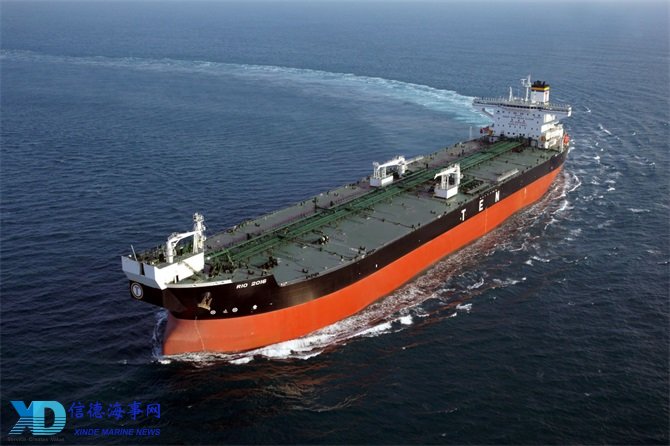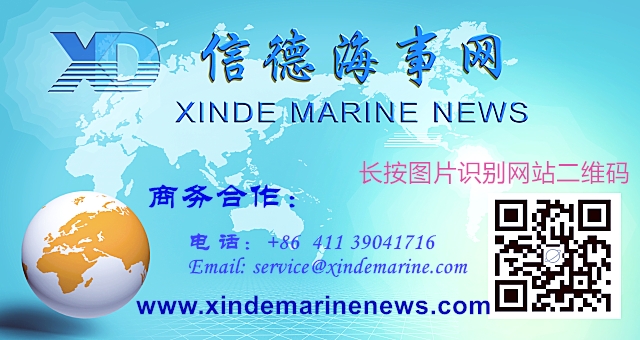China’s distant oil forays see many more VLCCs tied up

China’s increasing demand for oil in the first nine months of the year is the equivalent of soaking up 45 more VLCCs, according to analysis by global shipowning body, BIMCO. However, despite Beijing’s rapacious thirst for fuel the tanker sector remains sullied by overcapacity.
China has ramped up its import of seaborne crude oil by 13% for the first nine months of 2017 compared to the same period last year. As China is importing crude oil from further afield in 2017 than in 2016, the tonne miles generated has surged 18%.

This increase in volume amounts to an additional demand of 33m tonnes of crude oil, equivalent to more than 0.9m barrels per day on average during the first three quarters of 2017.
“China’s increasing demand is directly affecting the crude oil tanker shipping industry by requiring 45 more VLCC’s to support the growth in demand for crude oil so far for 2017,” BIMCO stated in a tanker report.
The longer sailing distances for crude oil imports are evident when ranking 2017 against prior years.
The countries exporting larger amounts in 2017 than 2016 and 2015 are most notably Angola, Brazil, Venezuela, the United Kingdom, the Republic of Congo and the United States. All countries with a longer sailing distance to Chinese ports than their Middle Eastern partners who are encountering declining significance.
After being second in 2016 and 2015, Angola has surpassed Saudi Arabia in 2017 in terms of volume. This will most likely also be the case by the end of 2017 as Saudi Arabia historically exports the largest amount of crude oil to China in the first half of the year. In terms of tonne miles, Angola has been the country generating the largest amount for the past three years and has further established itself as the most dominant partner in 2017.
According to BIMCO calculations, average distance per tonne of crude oil imported by China was around 7,200 nautical miles in 2015, 7,100 nautical miles in 2016 and 7,500 nautical miles in 2017.
BIMCO’s chief shipping analyst Peter Sand cautioned: “China’s longer sailing distances for crude oil imports are more than welcomed by the tanker shipping industry, but the market is already awash with tonnage and therefore supply still outstrips demand. As we move into the November – January period, better rates will come around, as this is historically the peak season for oil tankers. BIMCO doesn’t however, expect the same rates as last peak season, as the fundamentals have weakened.”
In 2019, global oil demand is forecast to pass the symbolic 100m barrels per day threshold, according to the International Energy Agency. Developing countries account for almost all of the growth with Asia dominating.
投稿或联系信德海事:
admin@xindemarine.com



